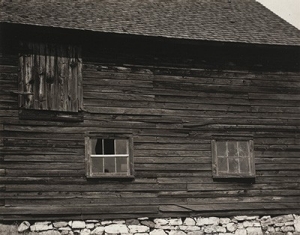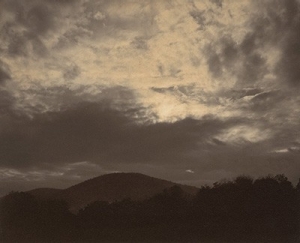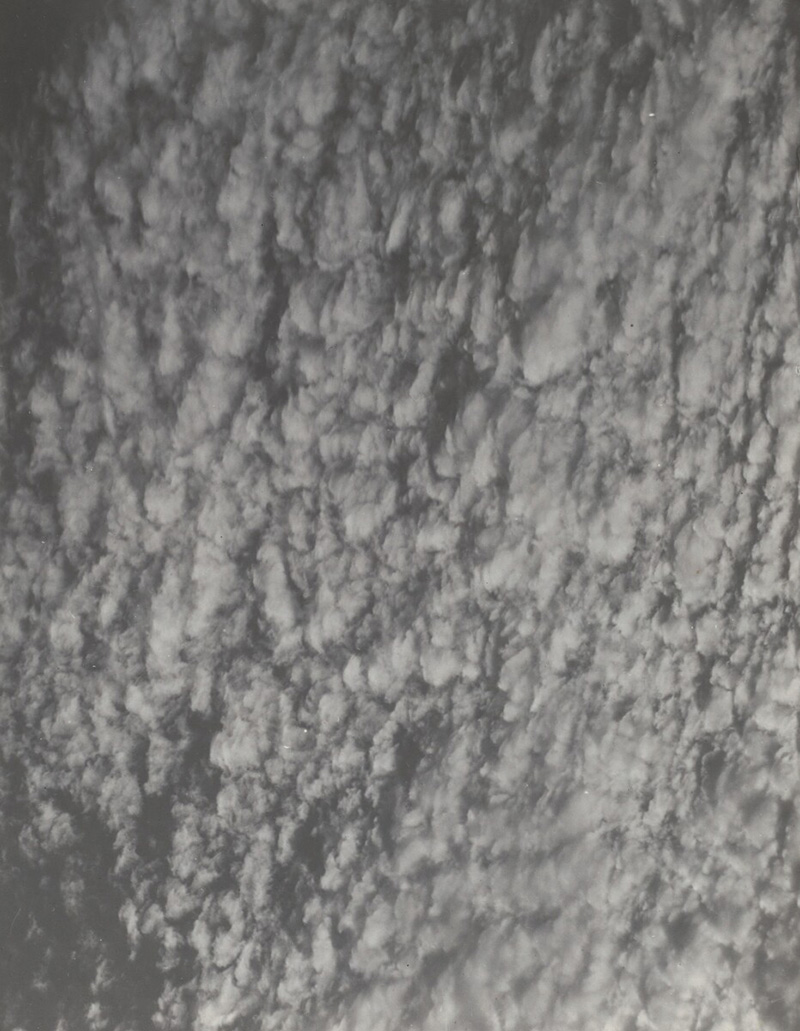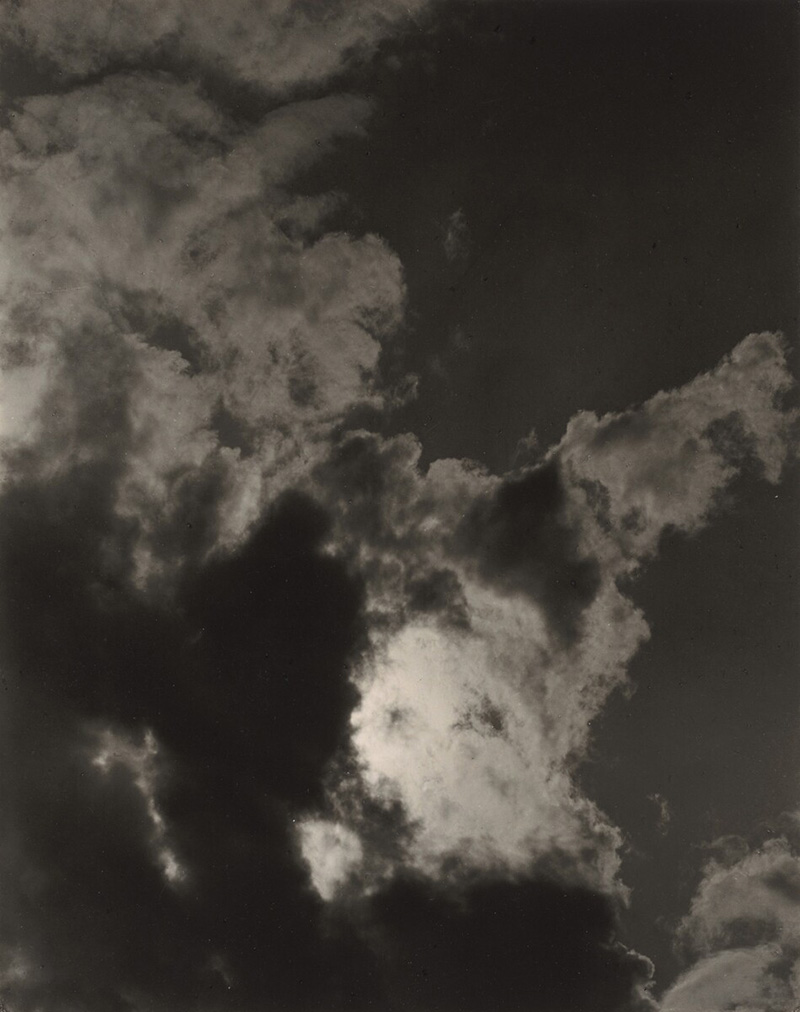In the 1920s, Alfred Stieglitz made Lake George, where he spent summers at his family’s home, the locus of his photographic explorations. He stayed in close touch with the 291 crowd, many of whom he exhibited at his new space in New York, the Intimate Gallery (1925–1929). But he also embraced his new role as a father figure to a circle of young writers and critics, including Sherwood Anderson (Key Set number 846) and Paul Rosenfeld (Key Set number 644), who advocated an American form of modern art tied not to theory, but to intuition and direct observation—especially of the countryside. Amid this new intellectual milieu, Stieglitz looked extensively at Lake George’s rural landscape for his subjects, making photographs of hills, trees, and barns (Key Set number 862).
Stieglitz Career Overview: The 1920s
Mark Levitch

Alfred Stieglitz, Barnside, 1923, gelatin silver print, National Gallery of Art, Washington, Alfred Stieglitz Collection, 1949.3.610
Key Set number 862
In a conscious effort to grant his intuition freer rein, Stieglitz sought to photograph subjects over which he had little control. Forsaking slow and deliberate composition for quick reaction, he started making snapshots, including a joyous, almost cinematic series of eighteen photographs of Rebecca Strand swimming nude and toweling dry (Key Set number 751).

Alfred Stieglitz, Music—A Sequence of Ten Cloud Photographs, No. III, 1922, palladium print, National Gallery of Art, Washington, Alfred Stieglitz Collection, 1949.3.831
Key Set number 795
Stieglitz’s interest in seriality, intuition, and expression culminated in his unprecedented series of cloud photographs, which preoccupied him for most of the decade. His first series of ten photographs, made in 1922 with a large, 8 × 10-inch view camera, depicts clouds over the hills of Lake George (Key Set number 795). In the summer of 1923, Stieglitz became obsessed with photographing clouds, making more than 150 pictures. But now using a handheld camera that he could point anywhere in the sky, he was able to eliminate any reference to the ground (Key Set number 944). The resulting photographs are disorienting: with no anchor for the viewer and no sense of scale, they are simultaneously representational and abstract.

Alfred Stieglitz, Songs of the Sky, 1923, gelatin silver print, National Gallery of Art, Washington, Alfred Stieglitz Collection, 1949.3.947
Key Set number 944

Alfred Stieglitz, Equivalent, 1925, gelatin silver print, National Gallery of Art, Washington, Alfred Stieglitz Collection, 1949.3.1159
Key Set number 1114
Stieglitz referenced music in the titles of his cloud photographs from 1922 (Music: A Sequence of Ten Cloud Photographs) and 1923 (Songs of the Sky), linking the abstraction inherent in music to the forms of the clouds. But starting in 1925, he began calling them Equivalents—a recognition that he saw the clouds as a vehicle to reveal his own thoughts and feelings (Key Set number
For exhibitions, Stieglitz grouped the photographs into series. However, the series were not sequential or immutable, and the same photograph could appear in several series, sometimes oriented differently—always a reflection of Stieglitz’s subjective state.

